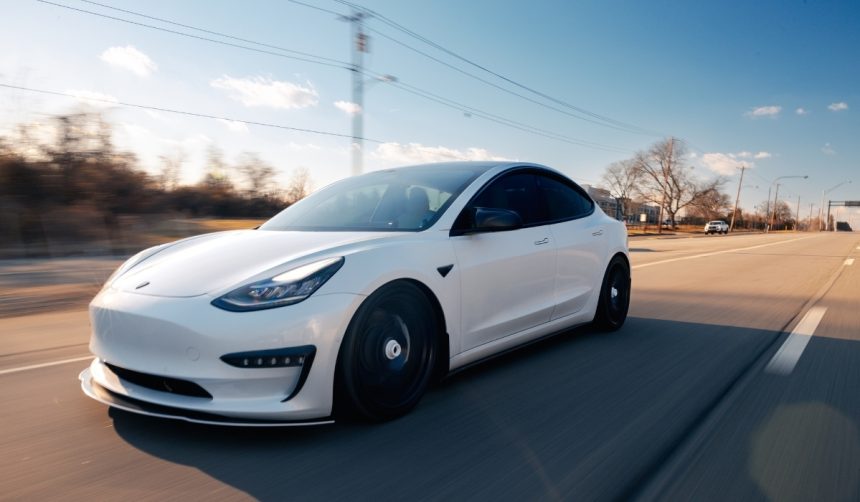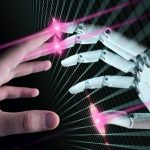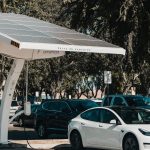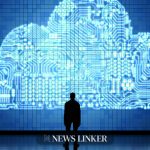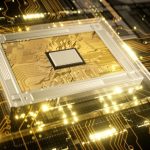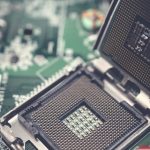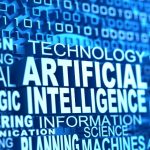Tesla is redirecting its artificial intelligence hardware efforts, confirming the discontinuation of the Dojo supercomputer project in favor of advancing its proprietary AI5 and AI6 chips. This decision marks a shift in the company’s strategy for supporting its autonomous vehicle technology, such as Autopilot and Full Self-Driving systems. Tesla’s leadership has indicated that reallocating both funding and manpower to a central chip initiative will streamline development processes and potentially bring new products like Optimus and the Cybercab closer to fruition. Market observers note this pivot raises questions regarding Tesla’s reliance on external chip suppliers and its autonomous driving ambitions.
Other reports over the last several years suggested Project Dojo was a cornerstone of Tesla’s plan to build in-house supercomputing capabilities, thereby reducing dependence on companies such as Nvidia and AMD. Initial expectations posited that Dojo would accelerate training for Tesla’s neural networks at a scale previously unachievable within the company. However, rumors of internal obstacles and significant personnel exits have periodically circulated, hinting at ongoing challenges long before the official announcement. The current focus on AI5 and AI6 chips, instead of continuing to develop a proprietary compute cluster from scratch, represents a significant strategic adjustment compared to earlier ambitions.
Why Did Tesla Halt Project Dojo?
Elon Musk explained that the company’s decision is rooted in improving overall efficiency and not dispersing engineering resources across dissimilar chip designs. He emphasized that concentrating efforts on AI5 and AI6 chips will provide better outcomes for Tesla’s future projects.
“It doesn’t make sense for Tesla to divide its resources and scale two quite different AI chip designs. The Tesla AI5, AI6 and subsequent chips will be excellent for inference and at least pretty good for training. All effort is focused on that.”
Tesla believes this unified approach will reduce operational complexity.
What Happens to Dojo’s Team and Technology?
With the shutdown of Project Dojo, company personnel previously dedicated to the initiative are being reassigned to other ongoing infrastructure projects. Reports indicate that nearly 20 team members have departed, while others will transition to work supporting Tesla’s broader compute strategies. According to Bloomberg, Peter Bannon, who had been leading Dojo, is among those leaving the organization. This realignment is intended to leverage existing technical skills while optimizing workforce distribution within the company.
Will Tesla Rely More on External Suppliers?
As a result of internal changes, Tesla expects to increase its use of chips from established technology manufacturers, including Nvidia, AMD, and Samsung. Utilizing a mix of in-house and external hardware is expected to support ongoing development for AI-driven features across Tesla’s automotive lineup and other products.
“In a supercomputer cluster, it would make sense to put many AI5/AI6 chips on a board, whether for inference or training, simply to reduce network cabling complexity & cost by a few orders of magnitude.”
This indicates that high-volume internal chip use may still play a future role even as external partnerships expand.
Tesla’s strategy has undergone a clear revision as it ends the Dojo initiative and pivots resources toward the AI5 and AI6 chip families. This approach aligns product and research objectives, placing a single technological foundation at the center of efforts for both the company’s robot and vehicle autonomy products. The increased reliance on external providers demonstrates a practical response to the immense resources required for cutting-edge hardware. For technology observers and industry analysts, this development highlights how companies like Tesla balance ambitious internal projects with the realities of global semiconductor supply and talent challenges. Investors and engineers monitoring such shifts can consider the longevity and adaptability required for in-house hardware programs. Those interested in AI hardware trends in the automotive sector may find insights into how strategic hardware decisions impact vehicle autonomy, production costs, and project timetables.
- Tesla shifts its AI focus from Dojo to new AI5 and AI6 chips.
- Key personnel departures accompany internal restructuring after Dojo’s cancellation.
- Tesla plans to mix in-house chips with hardware from Nvidia and AMD.

